The Wizards of Langley (23 page)
Read The Wizards of Langley Online
Authors: Jeffrey T Richelson

On April 22, 1966, the USIB gave its blessing to development of a new search system along the lines of FULCRUM rather than its main competitor, the S-2. A new code name, possibly AQUILINE, was assigned to the program that same day, but it was replaced eight days later by the name it was subsequently known by, at least by those with the proper clearances—HEXAGON.
127
Exactly four months after the USIB gave its approval to HEXAGON, Bud Wheelon wrote to DCI Richard Helms to confirm a conversation they had the previous week. In the letter he noted that “when I accepted
John McCone’s invitation to join CIA in early 1962, it was with the understanding that I would serve . . . not more than four years. I believe that I have now accomplished all of the major objectives in creating a technical intelligence component for the Agency.” He also noted that “Hughes Aircraft Company has offered me a most attractive position. . . . As we agreed, 23 September 1966 will be my last official day.”
128
A month and a day later, Wheelon put in his last day as Deputy Director for Science and Technology. There would be much more work to be done before HEXAGON or RHYOLITE flew, but they would become two of the three key reasons why, in 1994, he would be named the first winner of the R. V. Jones award. The satellites also provided the foundation for the CIA’s continuing role in the development of space reconnaissance systems, which would include a third major system whose origins could be traced to Wheelon’s tenure. The same CIA official who recalled Wheelon as “an acerbic son of a bitch” noted that without him, the Air Force “would have run away with the [reconnaissance] program.”
129
He might have added that in that case, there would have been no RHYOLITE, HEXAGON, or KH-11.

(Left) Richard Bissell, photographed
standing in front of the Brandenburg
Gate, joined the CIA in 1954 as a special
assistant to DCI Allen Dulles.
During his tenure with the CIA
(1954–1962), he oversaw the successful
development of the U–2 and
CORONA reconnaissance systems for
the CIA.
CREDIT
: Fran Pudlo
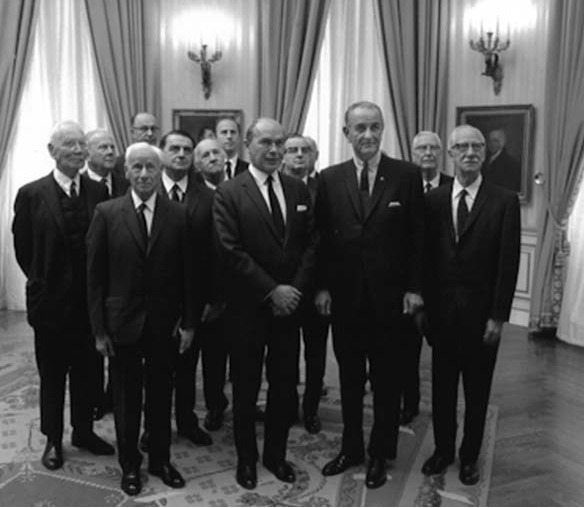
(Below) Edwin Land, second from the
left in the second row, with other recipients
of the National Medal of Science
and President Johnson. Land served as
a scientific adviser to the CIA and
NRO. He was a key figure in the decision
to proceed with the U–2 and
KH–11 systems and in the creation of
the Directorate of Science and Technology.
CREDIT
: LBJ Library
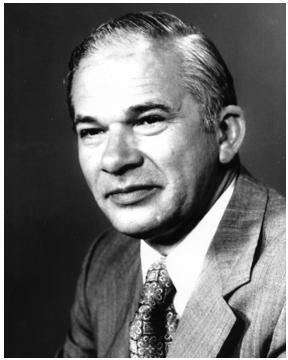
(top left) Herbert Scoville Jr. joined the CIA as head of the Office of Scientific Intelligence
and became Deputy Director for Research in 1962. He resigned a year later, largely because
of the problems in his relationship with the National Reconnaissance Office.
CREDIT
: CIA

(bottom left) Albert “Bud” Wheelon replaced Herbert Scoville as OSI chief in 1962. When
Scoville resigned from the CIA in 1963, Wheelon was asked to replace him. As Deputy Director
for Science and Technology, Wheelon reestablished the CIA’s role in space reconnaissance
and supervised the initial development of key imagery and signals intelligence
systems.
CREDIT
: CIA
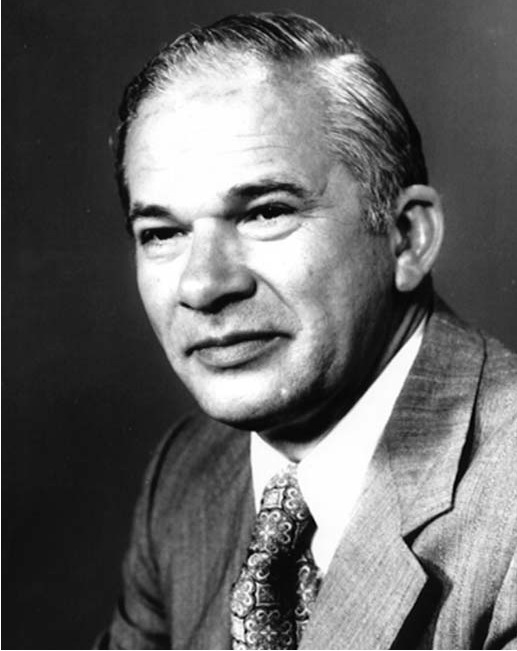
(above) Carl Duckett replaced Wheelon as head of the science and technology directorate
in 1966 and served in that position until 1976. Under Duckett, two key programs initiated
by Wheelon—the RHYOLITE signals intelligence satellite and the HEXAGON imagery
satellite—became operational. A third, the KH–11, received presidential approval and
was first launched in December 1976.
CREDIT
: CIA
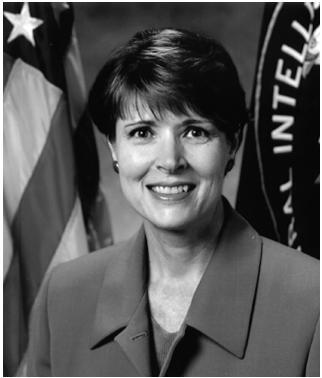
(top left) Leslie Dirks joined the CIA in 1962 and became Deputy Director for Science
and Technology in 1976. He played a key role in the KH–11 program from its conception,
serving as its program manager prior to replacing Duckett.
CREDIT
: CIA
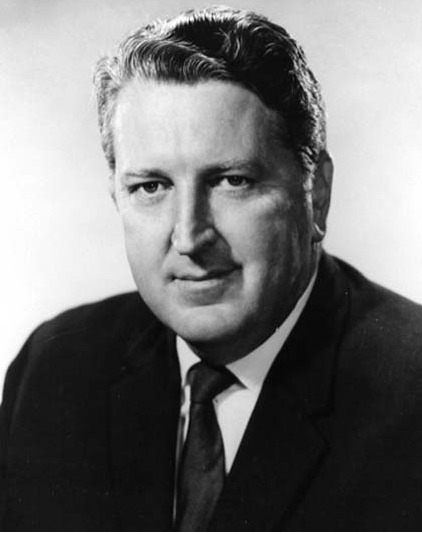
(bottom left) Lloyd Lauderdale served as Carl Duckett’s deputy before leaving government
to join E-Systems. He is known as the “father of RHYOLITE,” having served as its program
manager and guiding its technical development.
CREDIT
: Virginia S. Lauderdale
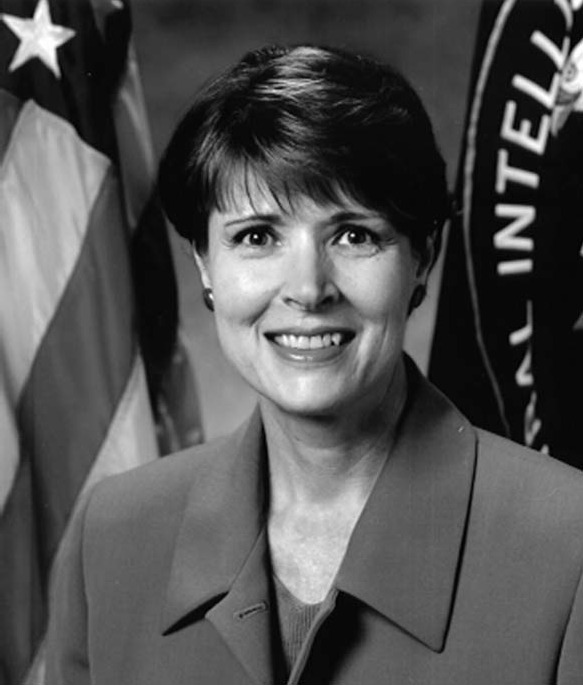
(above) Ruth David became the first Deputy Director of Science and Technology chosen
from outside the CIA’s ranks. Her tenure (1995–1998) involved controversy over some of
her decisions and a decline in the directorate’s status due to changes in the directorate’s
role in space reconnaissance and imagery interpretation. She also increased the directorate’s
work in information technology.
CREDIT
: CIA
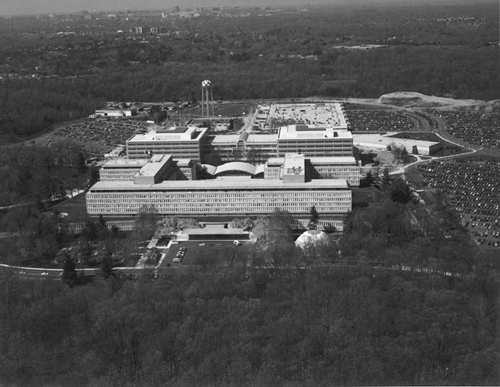
Central Intelligence Agency, Headquarters, Langley, Virginia.
CREDIT
: CIA